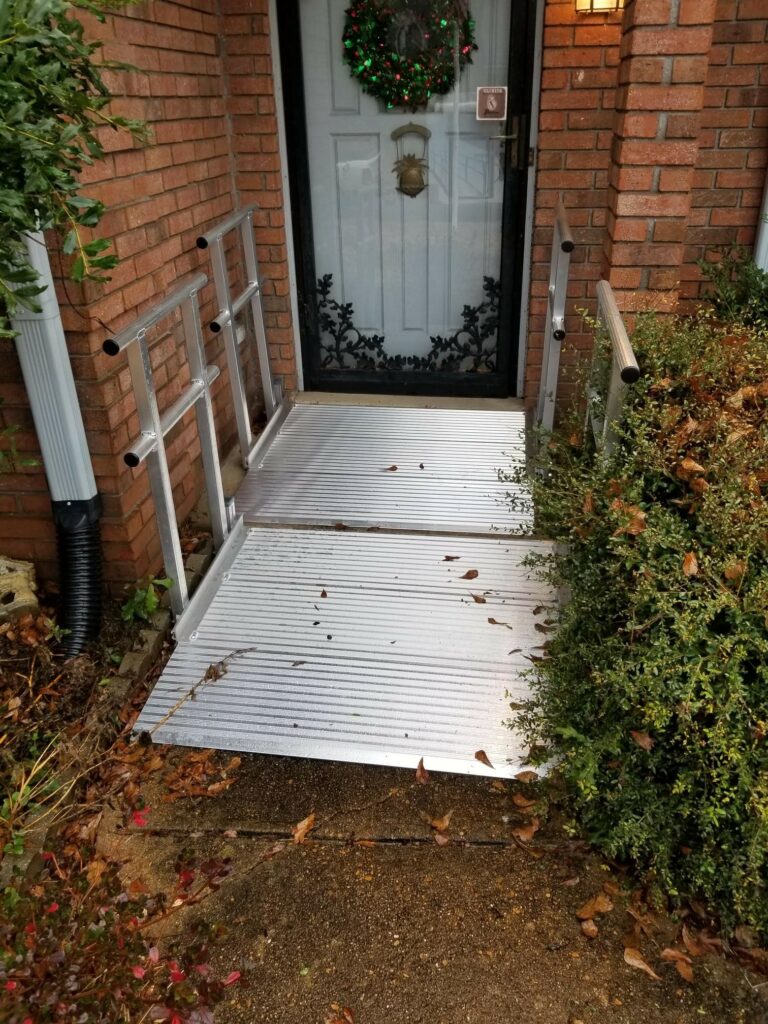Whether you’re a business owner or use a wheelchair to get from one place to another, it’s important to understand what makes a space wheelchair accessible. This guide from ADA-Compliance offers specific details and measurements to ensure you have wide enough doorways, entryways, and a sufficient turning radius.
People who don’t have to use wheelchairs usually don’t think twice about these factors, but they can make a huge difference to a person who does use one. Here are some important factors to help understand the width of wheelchairs and how to make spaces easier to navigate for people who use them.
Average Width Of Wheelchairs
The average width of a wheelchair is approximately 26”. However, different models can range anywhere from as small as 21” wide and as much as 39” wide. The overall width of a wheelchair is very important and can make a huge difference in how accessible some spaces are. In addition to being a little more challenging to turn, the wider your wheelchair is, the lower the chances are of easily accessing certain spaces. When choosing a wheelchair, the thought should be to get one that is just wide enough to be comfortable, but not much extra.
Required Width For Hallways And Doorways
Every hallway and doorway you see in a commercial building or home will be different. In most cases, a hallway or doorway of 32” in width should be sufficient for most wheelchair users to go through with ease. Some interior doorways are smaller than others and can measure up to 27”. This would be too small for most wheelchairs. As a business owner, making your space ADA compliant is important for inclusivity and to ensure wheelchair users have an easy experience navigating your facility.
Adequate Turning Space Is Important
Many businesses and homeowners install a wheelchair ramp for ease of entry into the building. Some wheelchair ramps are straightforward and don’t have any twists or turns, but others may have to include a turn or two. Professional wheelchair ramp installers have to ensure the turning radius is sufficient to make it as easy as possible for wheelchair users to turn safely. The ADA requires a 60” turning space since this measurement is what’s needed for a wheelchair to make a safe 180-degree turn. Not having a turning space of at least 60” can put unnecessary strain on wheelchair users and may force them to require assistance turning.
Next Day Access strives to make as many areas as possible wheelchair accessible. People in wheelchairs don’t usually choose to be confined to one, but it’s a necessary part of their life so they can remain mobile. Public facilities and even new home construction projects prioritize wheelchair accessibility today, but there is still a lot of work to do for existing structures. If you see any issues with wheelchair accessibility that requires attention, Nous contacter, and we would be happy to help.





